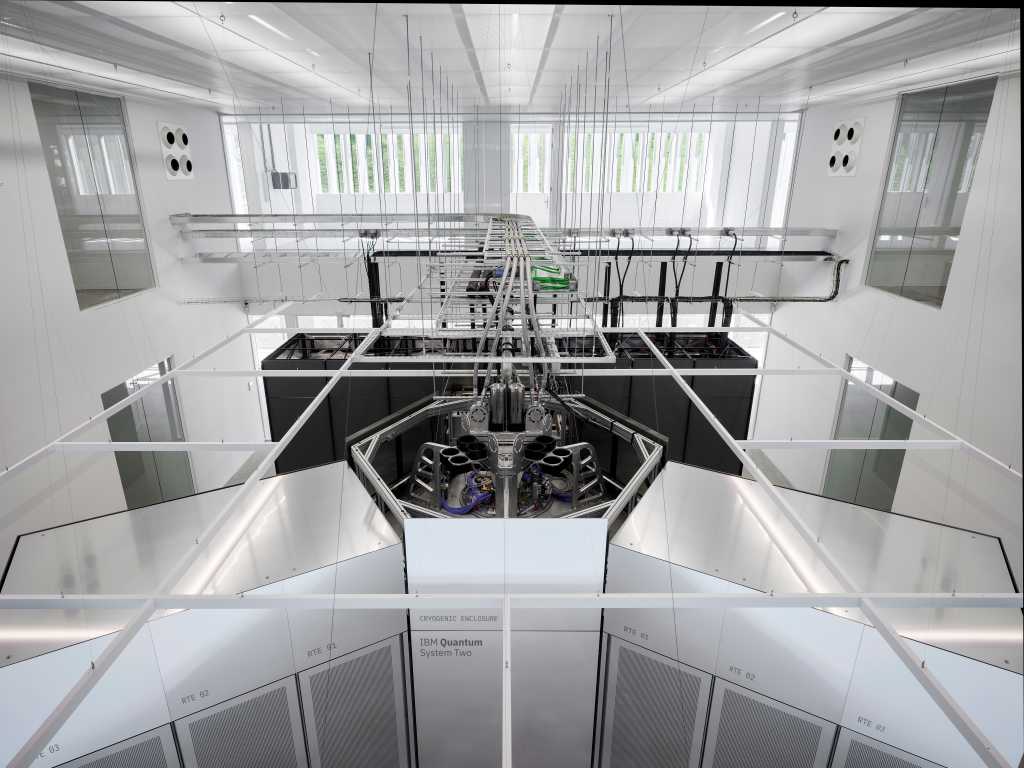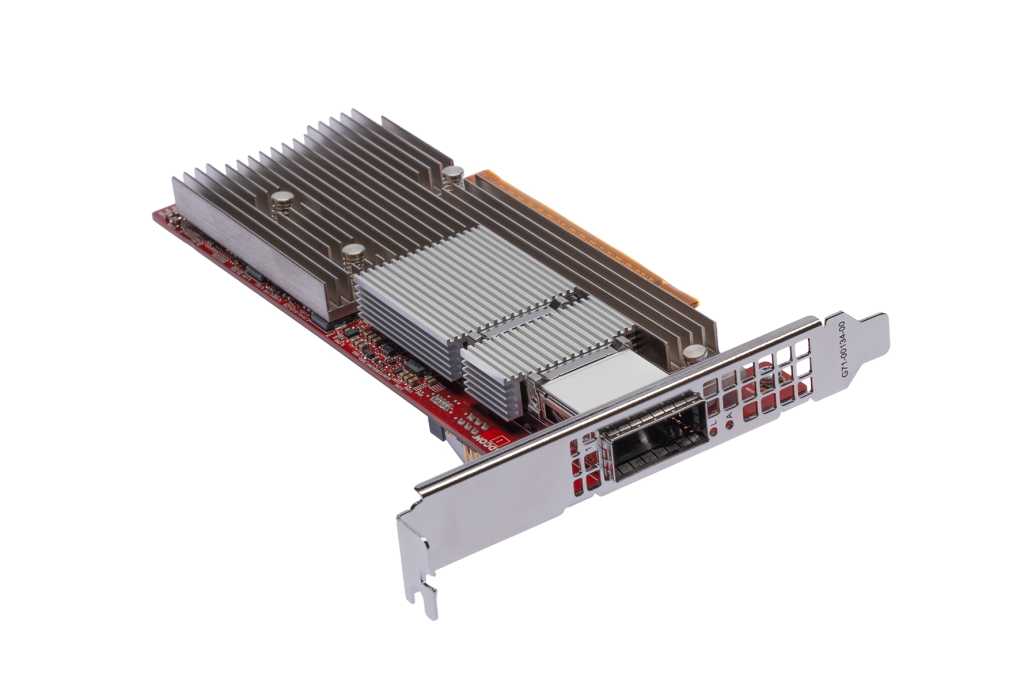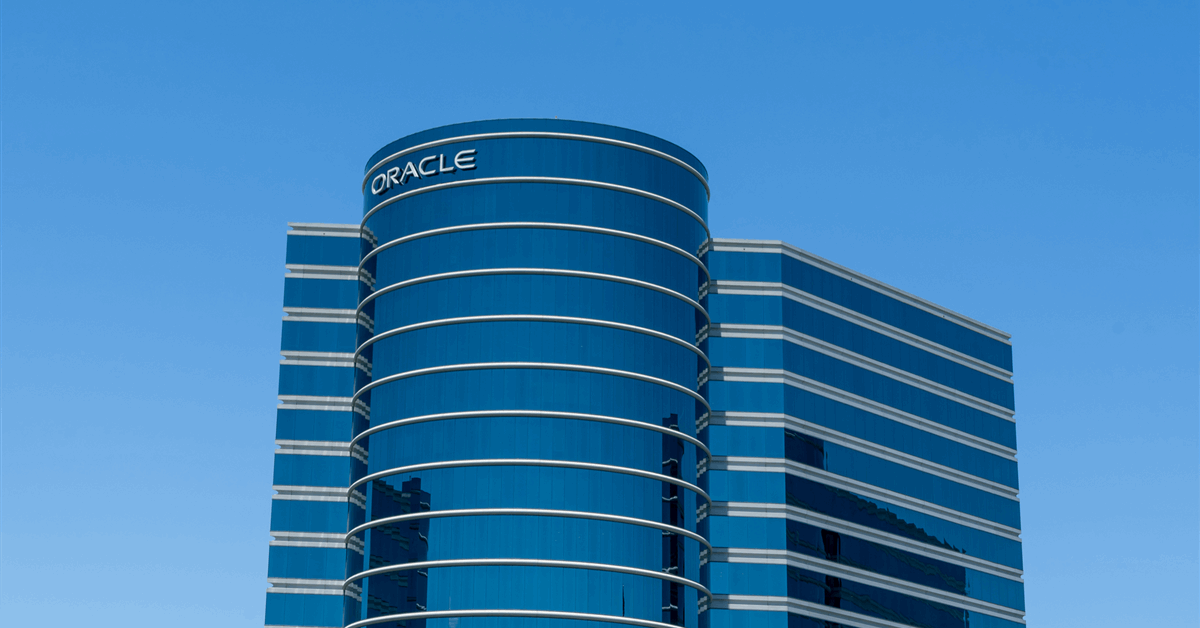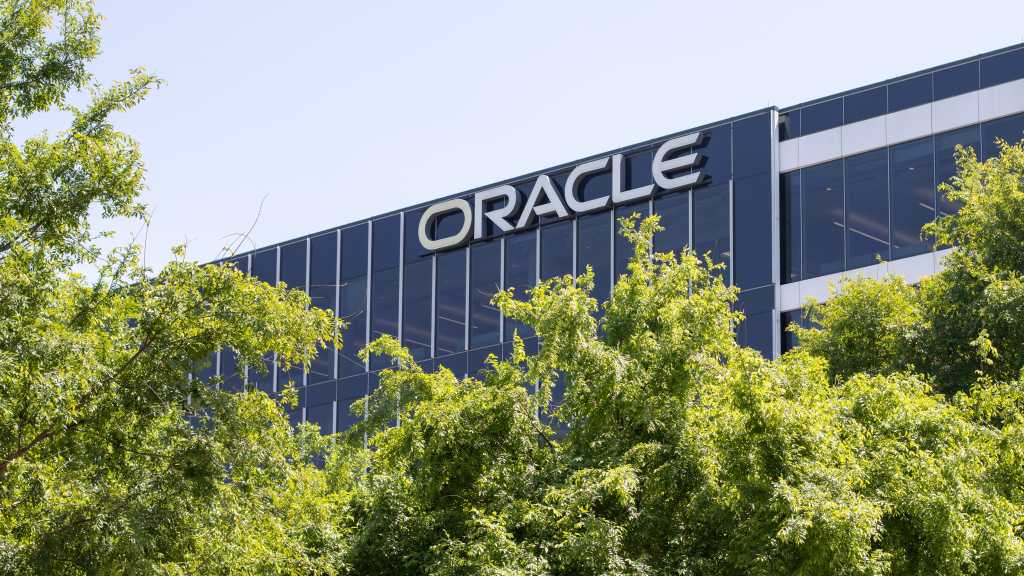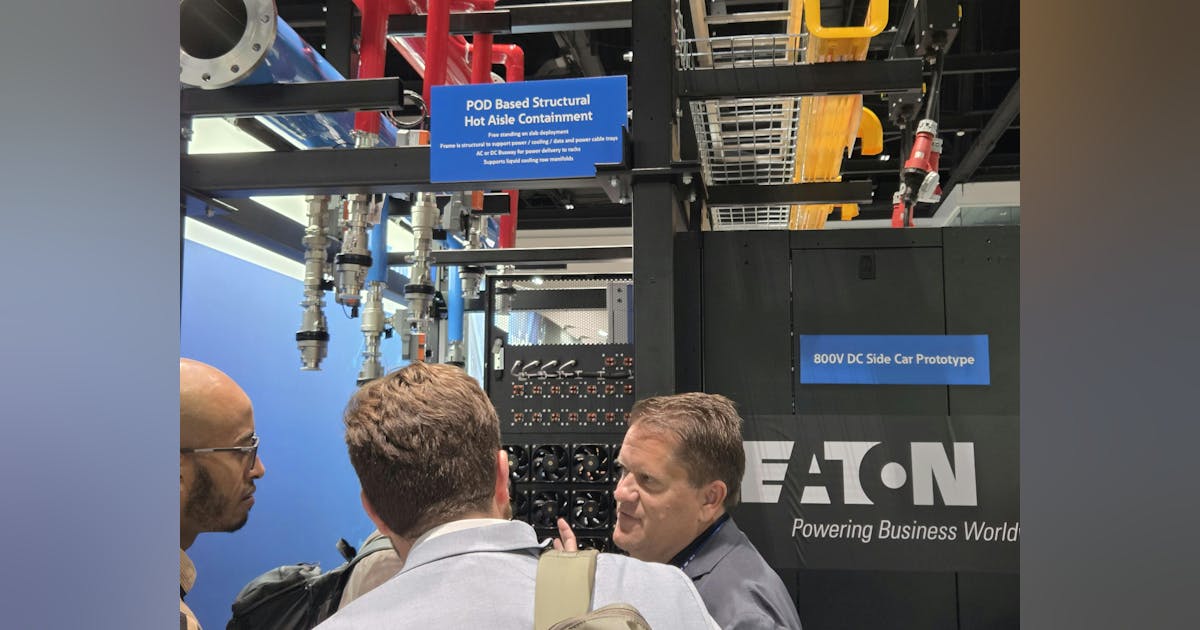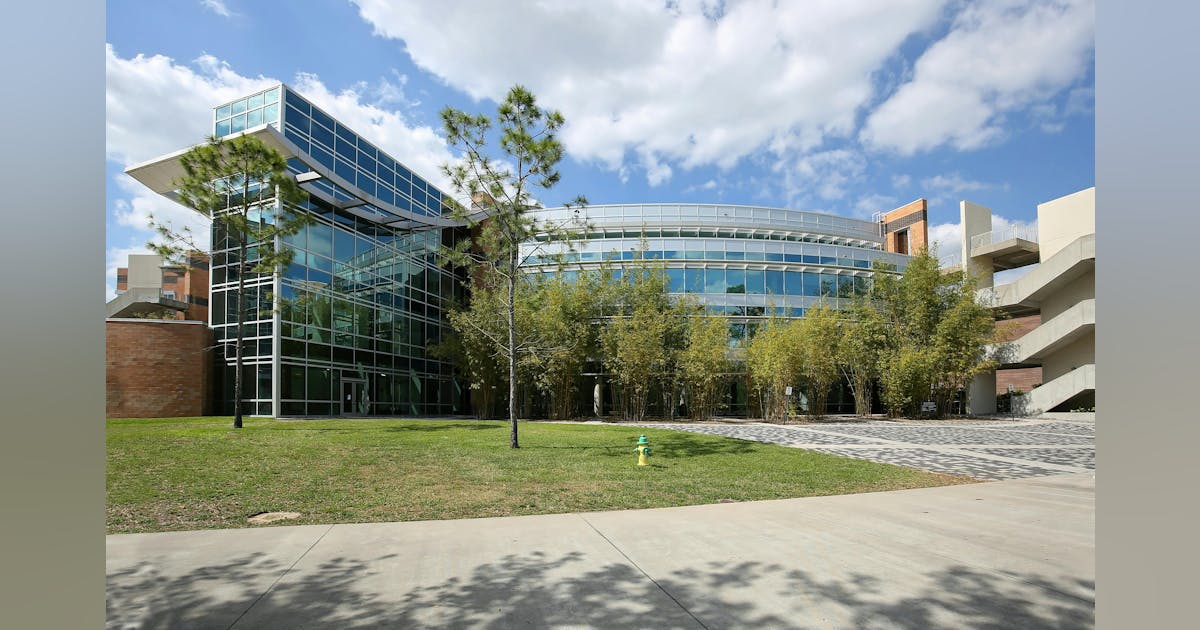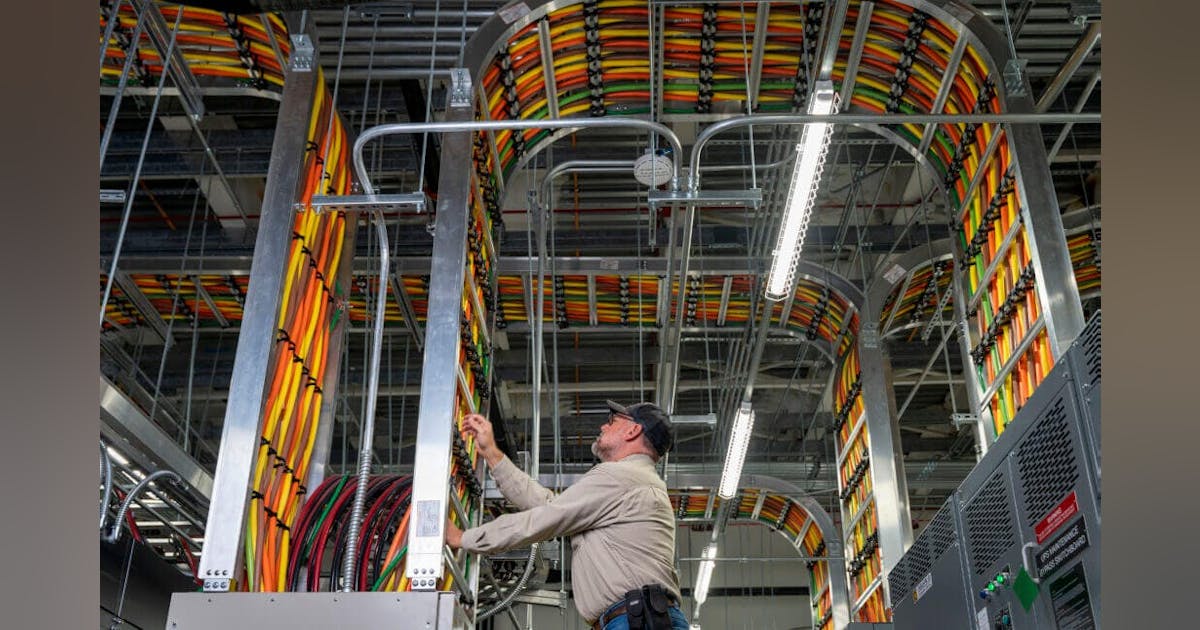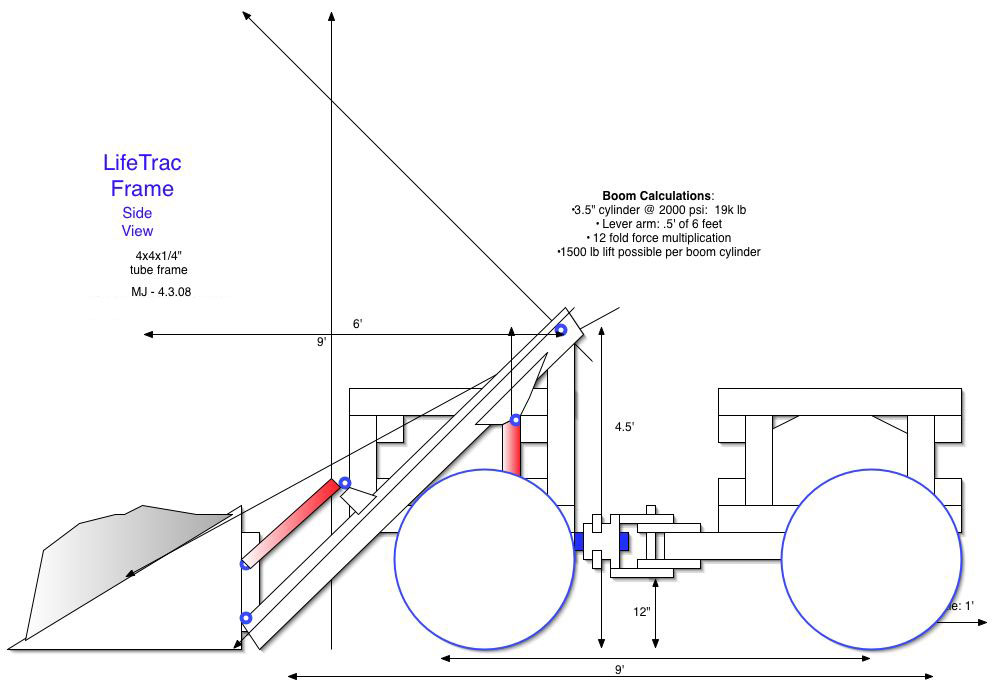
Sucking carbon pollution out of the atmosphere is becoming a big business—companies are paying top dollar for technologies that can cancel out their own emissions.
Today, nearly 70% of announced carbon removal contracts are for one technology: bioenergy with carbon capture and storage (BECCS). Basically, the idea is to use trees or some other types of biomass for energy, and then capture the emissions when you burn it.
While corporations, including tech giants like Microsoft, are betting big on this technology, there are a few potential problems with BECCS, as my colleague James Temple laid out in a new story. And some of the concerns echo similar problems with other climate technologies we cover, like carbon offsets and alternative jet fuels.
Carbon math can be complicated.
To illustrate one of the biggest issues with BECCS, we need to run through the logic on its carbon accounting. (And while this tech can use many different forms of biomass, let’s assume we’re talking about trees.)
When trees grow, they suck up carbon dioxide from the atmosphere. Those trees can be harvested and used for some intended purpose, like making paper. The leftover material, which might otherwise be waste, is then processed and burned for energy.
This cycle is, in theory, carbon neutral. The emissions from burning the biomass are canceled out by what was removed from the atmosphere during plants’ growth. (Assuming those trees are replaced after they’re harvested.)
So now imagine that carbon-scrubbing equipment is added to the facility that burns the biomass, capturing emissions. If the cycle was logically carbon neutral before, now it’s carbon negative: On net, emissions are removed from the atmosphere. Sounds great, no notes.
There are a few problems with this math, though. For one, it leaves out the emissions that might be produced while harvesting, transporting, and processing wood. And if projects require clearing land to plant trees or grow crops, that transformation can wind up releasing emissions too.
Issues with carbon math might sound a little familiar if you’ve read any of James’s reporting on carbon offsets, programs where people pay for others to avoid emissions. In particular, his 2021 investigation with ProPublica’s Lisa Song laid out how this so-called solution was actually adding millions of tons of carbon dioxide into the atmosphere.
Carbon capture may entrench polluting facilities.
One of the big benefits of BECCS is that it can be added to existing facilities. There’s less building involved than there might be in something like a facility that vacuums carbon directly out of air. That helps keep costs down, so BECCS is currently much cheaper than direct air capture and other forms of carbon removal.
But keeping legacy equipment running might not be a great thing for emissions or local communities in the long run.
Carbon dioxide is far from the only pollutant spewing out of these facilities. Burning biomass or biofuels can release emissions that harm human health, like particulate matter, sulfur dioxide, and carbon monoxide. Carbon capture equipment might trap some of these pollutants, like sulfur dioxide, but not all.
Assuming that waste material wouldn’t be used for something else might not be right.
It sounds great to use waste, but there’s a major asterisk lurking here, as James lays out in the story:
But the critical question that emerges with waste is: Would it otherwise have been burned or allowed to decompose, or might some of it have been used in some other way that kept the carbon out of the atmosphere?
Biomass can be used for other things, like making plastic, building material, or even soil additives that can help crops get more nutrients. So the assumption that it’s BECCS or nothing is flawed.
Moreover, a weird thing happens when you start making waste valuable: There’s an incentive to produce more of it. Some experts are concerned that companies could wind up trimming more trees or clearing more forests than what’s needed to make more material for BECCS.
These waste issues remind me of conversations around sustainable aviation fuels. These alternative fuels can be made from a huge range of materials, including crop waste or even used cooking oil. But as demand for these clean fuels has ballooned, things have gotten a little wonky—there are even some reports of fraud, where scammers try to pass off newly made oil from crops as used cooking oil.
BECCS is a potentially useful technology, but like many things in climate tech, it can quickly get complicated.
James has been reporting on carbon offsets and carbon removal for years. As he put it to me this week when we were chatting about this story: “Just cut emissions and stop messing around.”
This article is from The Spark, MIT Technology Review’s weekly climate newsletter. To receive it in your inbox every Wednesday, sign up here.


